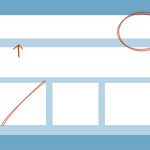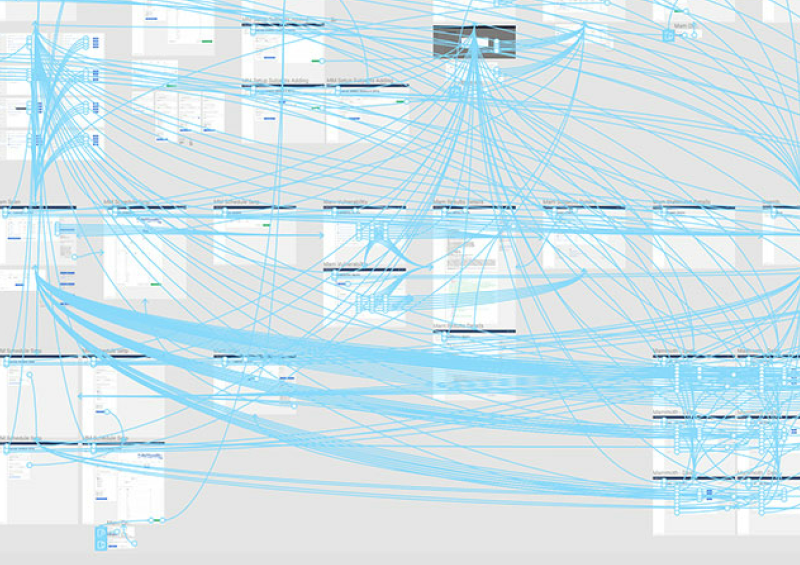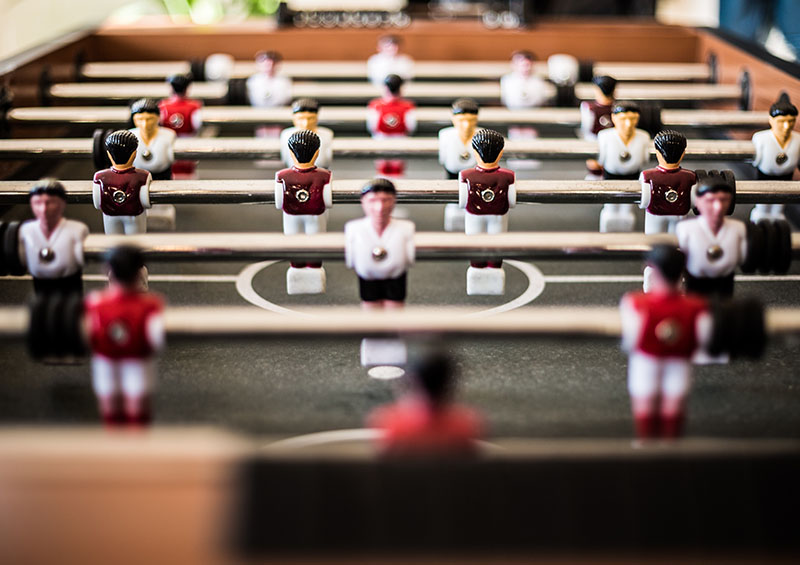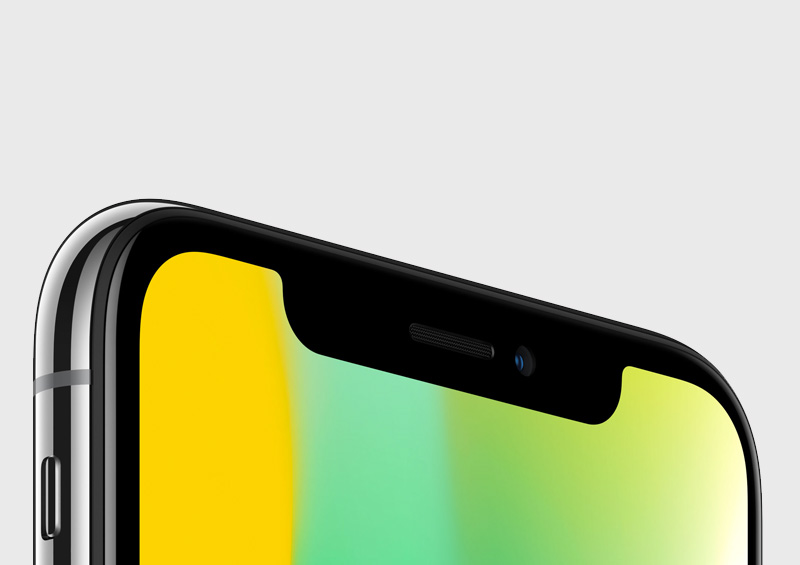On the web, a redesign happens when you make a noticeable change to your website. This means something the user would see or interact with. Usually it’s a change to aesthetics but it can also refer to the experience of a website which can be redesigned while keeping the same look. Changing the functionality of a website, hidden to a user (i.e. adding more security to a login page) would not be a redesign, unless the users’ experience was also changed.
Redesigning is imperative to the web
One of the best things about websites, and the web in general, is that it’s updated easily. If this were the print world, once you printed something, that’s how it’s going to look. If you find a typo after printing 10,000 copies of your poster you would be pretty bummed out. Alternatively, you might find a typo on your website after 10,000 or more people have seen it, but you can then correct that mistake without any of the incurred costs that come along with a print redo.
Because the web allows us to update with ease it also allows us to iterate more often. The frequency and speed of iteration is what makes the web such a powerful tool. Redesigning has become imperative to good web design. The ability to put a product out to the masses and then fold in their feedback on an ongoing basis is amazing. Almost every website or app you use has been through dozens, hundreds, or even thousands of iterations and redesigns.
Some redesign basics
Like any design process, a redesign begins by asking yourself what the goal of this redesign is. Establish why you are redesigning and what goals you are looking to achieve. After your goals are established your next step is to conduct research. This is also known a the research & discovery phase because the goal is to discover the issues and find solutions for them. If you are redesigning, that means you are changing something that already exists. You need to establish what is not working before you can find a solution.
The middle part is the fun part. Creation. This is where you will design, build, and iterate on your current problem element(s) or page(s). If you are working in a team setting then techniques like design sprints may help you come up with a variety of solutions with some outside-the-box thinking.
The last part is the most important, testing. Validating your ideas is crucial for a successful redesign. The reason you began a redesign in the first place was to solve a problem, if you don’t test your solutions then you will end up at square one.
In the not so distant past, it was common for a website to sit in a static state and then redesigned every x number of years, usually from scratch. This was a holdover from the print and magazine worlds that did not have as flexible a medium as the web. Today we redesign constantly. We have learned that the web is always changing and to embrace that part of it. We are always redesigning and should continue to iterate as much as possible.




